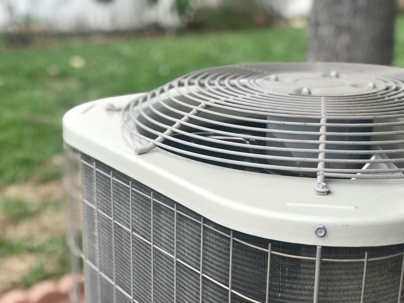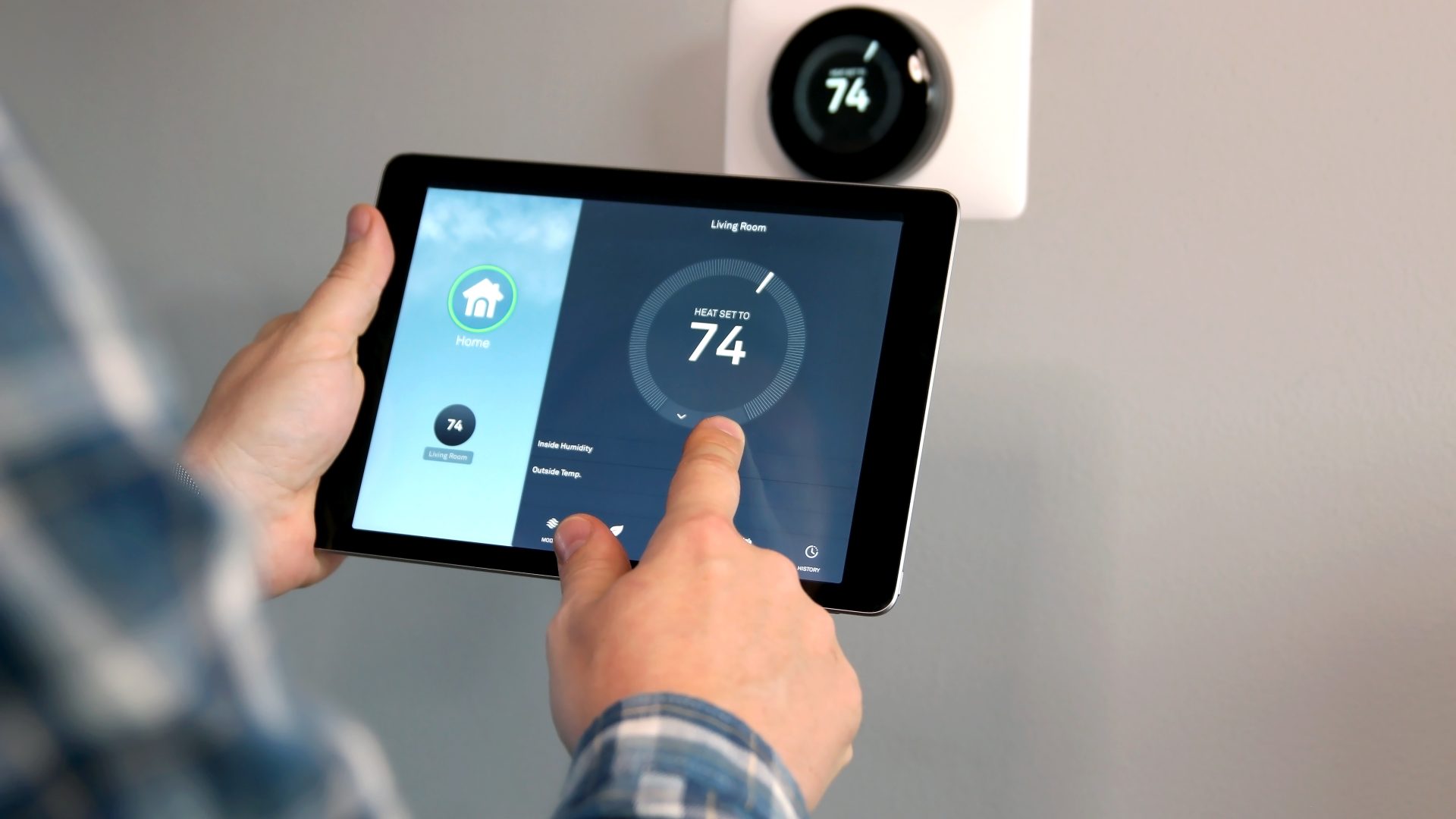Texas Air Authorities Aims for Quality, Efficiency, Affordability
Many factors go into the cost of your new HVAC system, including:
- Equipment type
- SEER rating
- Unit size
- Manner of installation
- Quality of installation
 According to the national average, installing a whole-house HVAC system can range from $4,000 to $12,000. Don’t let those numbers scare you. Your total price will vary, depending on the variables, and Texas Air Authorities will work with you to make a replacement as easy on your budget as possible. In these parts, Texas Air Authorities has the ammunition homeowners need for a superior residential AC replacement service experience in Grand Prairie, TX, and throughout our stomping grounds. We invite you to travel with us as we explore the cost factors in greater detail.
According to the national average, installing a whole-house HVAC system can range from $4,000 to $12,000. Don’t let those numbers scare you. Your total price will vary, depending on the variables, and Texas Air Authorities will work with you to make a replacement as easy on your budget as possible. In these parts, Texas Air Authorities has the ammunition homeowners need for a superior residential AC replacement service experience in Grand Prairie, TX, and throughout our stomping grounds. We invite you to travel with us as we explore the cost factors in greater detail.
What type of equipment do I need?
The type of equipment you need is a key factor in the cost of your new system. In many cases, you will have the choice between gas and electricity. Our team can help you decide which is the most affordable and efficient for you.
You also may need to decide which system is best for you. Your choices include:
- Split System: This system includes the outdoor unit with a compressor and condenser and the indoor unit with an evaporator coil and blower. Split-system central air conditioning is prevalent for home cooling and heating. This system often connects your indoor unit to a furnace or heat pump. It is incredibly efficient and inexpensive to install if you need an air conditioner but already have a furnace.
- Heat Pump: Don’t let the name fool you. This system heats and cools your home. During cold months, it pulls the heat from the outside air and pumps it into your home. During the long, hot summer, it pushes the warm air out of your home, filling it with cool comfort.
- Ductless Mini-Split: This is a wise choice if your home lacks ductwork or needs a complement to your existing ducted HVAC system. This unit is installed directly into the zone where it’s needed. With a mini-split, you can have up to four indoor units (zones or rooms) for each outdoor unit.
- Packaged Heating/Cooling System: This system is ideal for homes or businesses that don’t have the space for all split system components. It includes the compressor, condenser, and evaporator in one unit, typically located on the roof or near the foundation.
What SEER rating should I choose?
SEER stands for “Seasonal Energy Efficiency Ratio.” It is the ratio of your air conditioner’s cooling output during a typical cooling season divided by the energy it used in watt-hours. It’s a way to gauge your unit’s efficiency. The higher the SEER, the greater the efficiency. Units with higher SEER ratings are more expensive but also result in greater energy savings over time. At Texas Air Authorities, we offer units with SEER ratings from 14 to 25—great options for every home and every budget.
What size unit is best for my home?
Residential units typically weigh between 3 tons and 5 tons. The cost of your system will vary based on its size. We’ll visit your home, assess your space, and recommend the size that best suits your heating and cooling needs.
How will my indoor air handler be installed?
Depending on your home’s unique features, your air handler could be installed in several ways, including horizontally in the attic or with an up-flow in a closet. This could affect the total cost of your system.
How can I make sure my system is installed correctly?
We can’t emphasize this enough: Never underestimate the value of a quality installation. An experienced company with skilled technicians often means the difference between reliable, affordable, efficient comfort for years to come and frequent, unexpected, avoidable, costly problems that are a homeowner’s worst nightmare.
Some factors that will affect the reliability of your system—no matter which brand you choose—include:
- How the new system is hung
- How the drain lines are installed
- Whether the supply and return air plenums are the proper size
- How duct modifications, if needed, are made
You also want to choose a contractor who will be around for years to come when you need reliable work done, including maintenance, repair, warranty work, and residential AC replacement service in Mansfield, TX, and beyond.
To learn more or schedule your service today, give us a jingle at or fill out our online form.
The post How Much Does It Cost to Replace an HVAC System? appeared first on Texas Air Authorities | www.texasairinc.com.
Texas Air Authorities is the premier choice for HVAC services in Arlington. With a team of highly trained and certified technicians, we have the expertise to handle all of your heating, ventilation, and air conditioning needs. Our commitment to customer satisfaction is unmatched, and we always go above and beyond to ensure that your experience with us is positive. We use only the highest quality parts and equipment to ensure that your HVAC system is running at peak performance. Plus, we offer competitive pricing and flexible scheduling to fit your needs. Choose Texas Air Authorities for all of your HVAC needs in Arlington.
